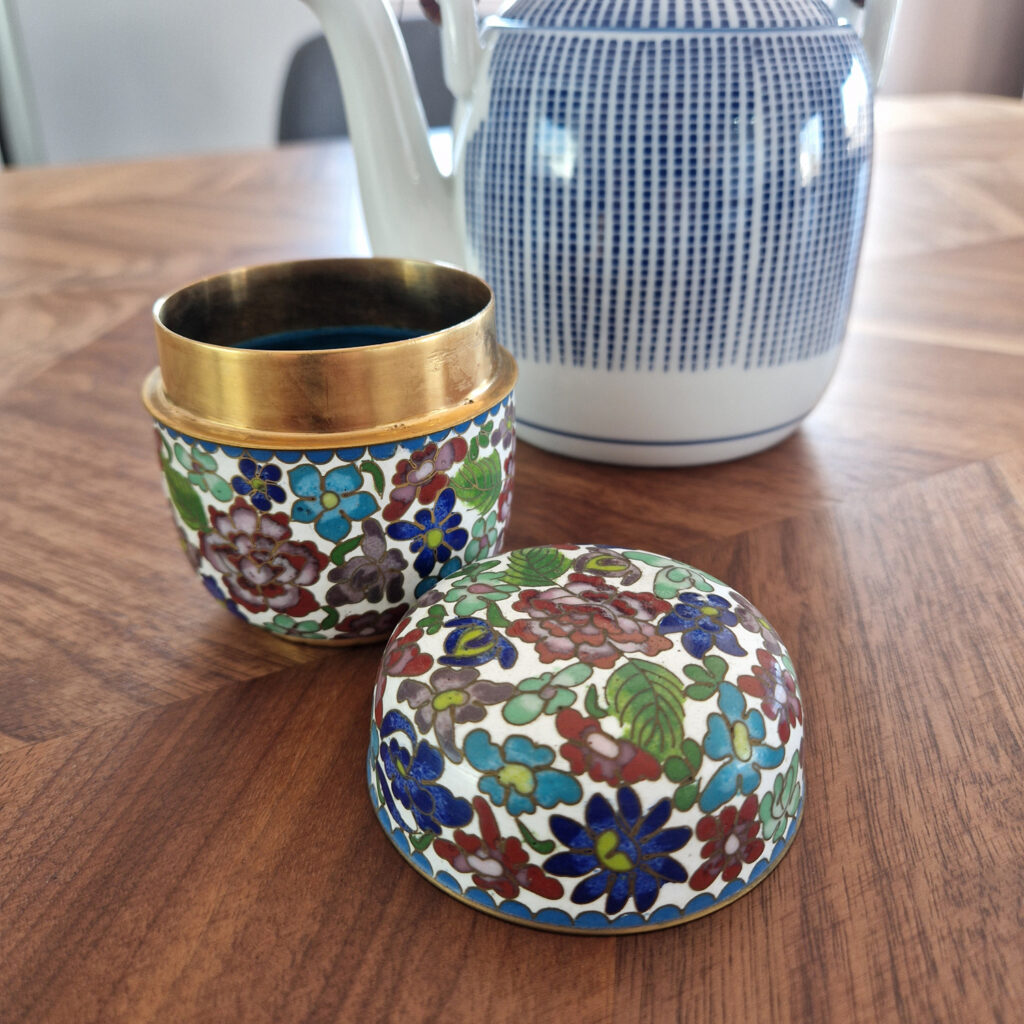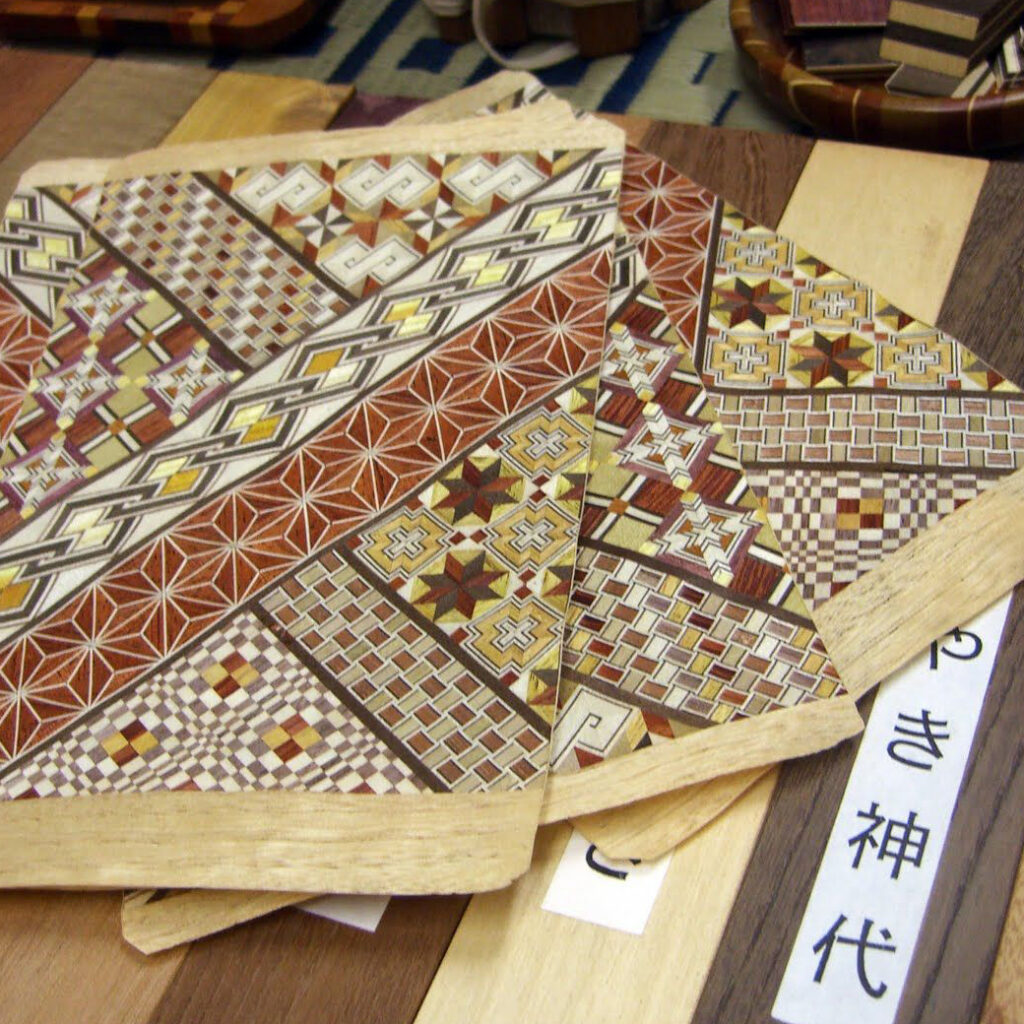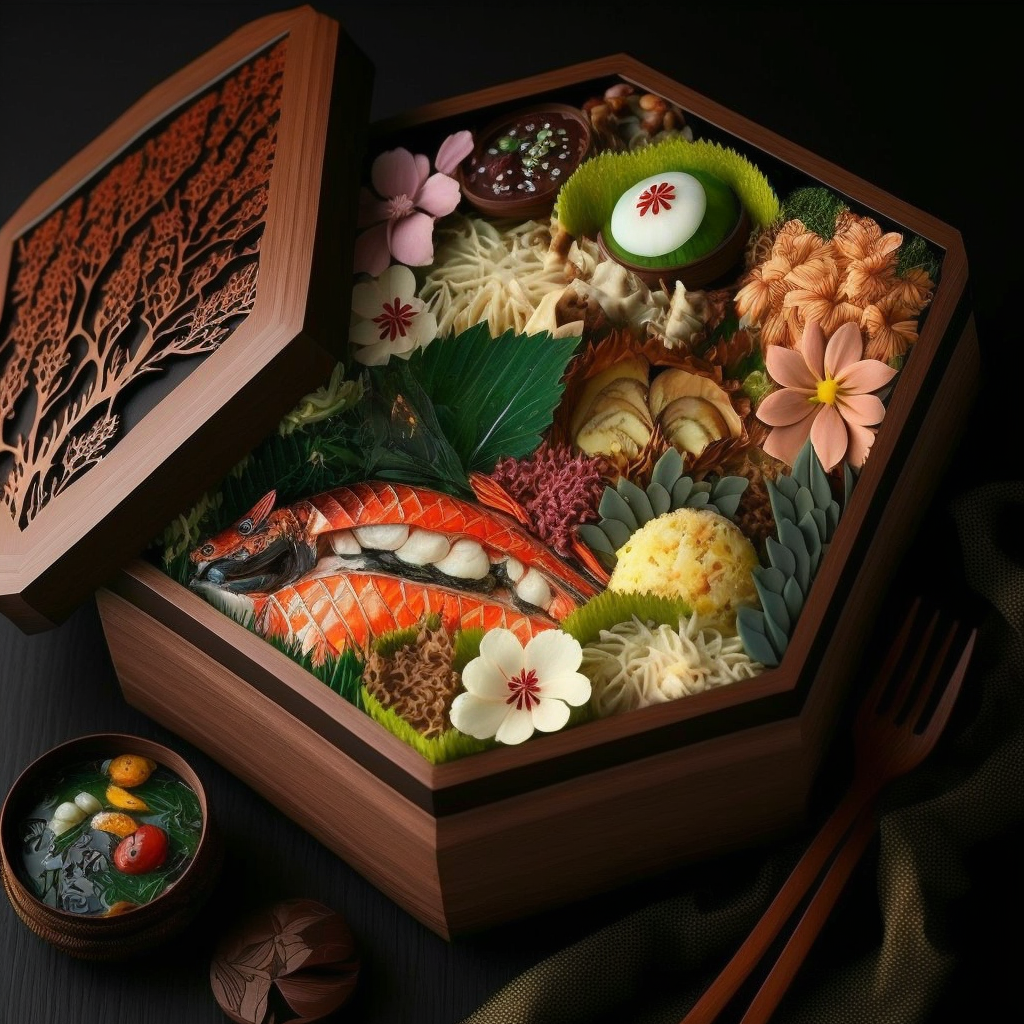The tea box, also known as Chaki (茶 器: “tea tool”) in Japanese, is an essential accessory in the Japanese tea ceremony, known as Chanoyu. In this ceremony, utensils are carefully chosen to create harmony between the different elements used.
Chaki are classified both according to their material and shape, as well as according to the type of tea preparation (thin usucha tea or thick tea) for which they are used.
Chaki can be divided into two main categories: those made of ceramic, those made of wood or bamboo. Normally, ceramic chakis are used in thick tea (koicha) making procedures, and are called “Chair” or koicha-ki. Wood or bamboo are normally used in thin tea making procedures, and are also called usucha-ki (often abbreviated to usuki). Generally, these are of the category of form called natsume (棗, “jujube”), and so usucha-ki in general tend to be loosely called natsume.
Natsume
Natsume is a small tea box that holds the amount of powdered tea used in the tea ceremony. Natsume are usually made of black lacquer and are decorated with embossed patterns or gold leaf. They vary in size depending on the amount of tea powder they can hold. Natsume can be used to serve tea in informal ceremonies and to store small amounts of tea.
The basic type of Natsume is the Rikyū form (ik 休 形 Rikyū-gata), which comes in three sizes:
- large (大棗 ō-natsume)
- medium (中 棗 chū-natsume)
- small (小棗 ko-natsume)
Usually finished in black lacquer, inside and out, the natsume cover fits over the body about 7/10 of the way from the base. However, there are huge variations between the different types and sizes of natsume. For example, the diameter of the flat type (平 棗 hira-natsume) is usually about twice the dimension of the height of the vessel.
Chair
The Chaire is a larger tea canister that is used to store larger quantities of powdered tea. Chaire are often made of ceramic and can be decorated with intricate designs. They are also equipped with a lid in the shape of a rope knot, which is used to close the box. Chaire are used for more formal tea ceremonies, where guests can serve tea themselves from the box.
Pulpit can be divided into two main types: karamono and wamono (sometimes called kuniyakimono). Karamono are chairs originating or resembling those created in China, while wamono are those originating in Japan. These can be subdivided by kiln or potter as well as by shape.
Karamono chairs are classified by shape:
Nasu (茄子): The “eggplant” pulpit is a medium-sized vessel named for its shape, which resembles that of an eggplant.
Bunrin (文琳): The shape of the “apple” pulpit.
Bunna (文 茄): The “apple-eggplant” pulpit form, falling between the nasu and bunrin forms.
Katatsuki (肩 衝): The “protruding shoulder” pulpit, the most common type, named for its pronounced “shoulders” at the top of the vessel.
Marutsubo (丸 壺): The “round pot” shape.
Taikai (大海): The “big ocean” pulpit, quite large in diameter and wide-mouthed, relative to its height. A smaller subtype of this form is known as naikai or uchiumi (内海).
Tsurukubi (鶴 首): The “crane’s neck” chair that has a long thin neck.
Shiribukura (尻 膨), also called shirihari / shiribari (尻 張): The shape of the “bulging” pulpit, characterized by its wide lower part.
Wamono pulpit are classified by the names of kilns (production centers) and potters. The Seto kilns in the ancient province of Owari (now Aichi Prefecture) are considered the first Japanese kilns to produce pulpits.
The choice between Natsume and Chair depends on the context and the tea ceremony in question. Natsume are often used for informal ceremonies, while Chaire are reserved for more formal tea ceremonies. In both cases, tea caddies are carefully selected for their appearance and functionality, and their use is an integral part of the Japanese tea ceremony.
If you are interested in Japanese culture and tea ceremony, here is the link to buy tea caddies



